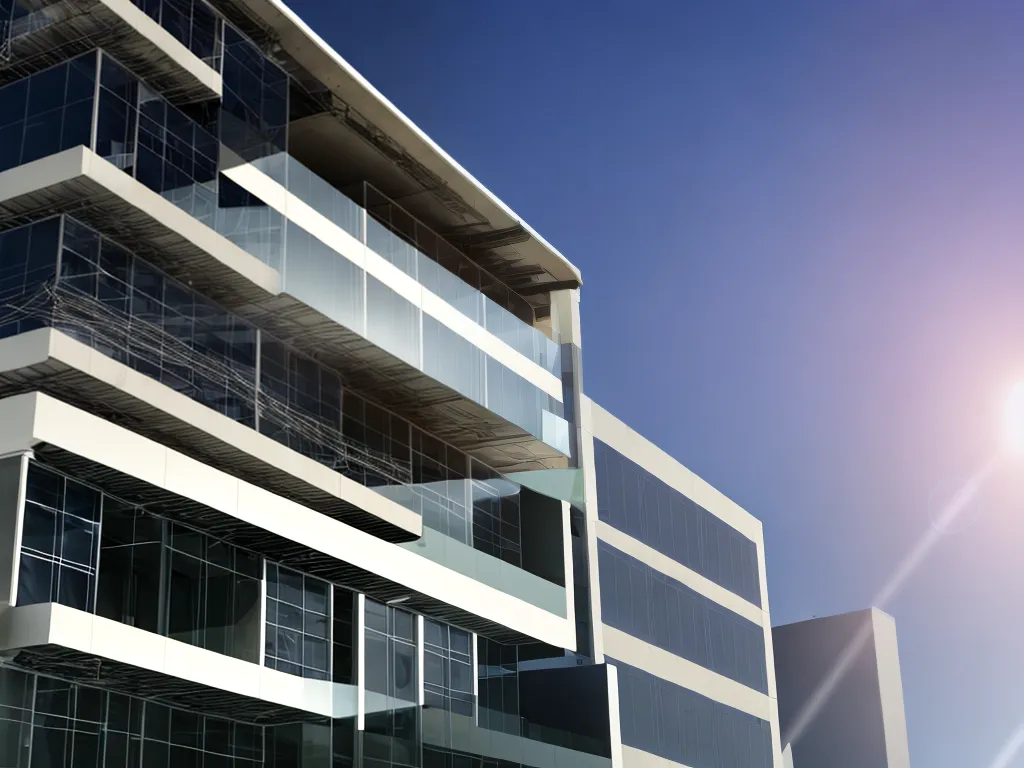
How to Troubleshoot Unexpected Power Surges in Commercial Buildings
Power surges can cause disruptions and damage equipment in commercial buildings. As a facility manager, it's important to understand what causes power surges and how to troubleshoot issues when they arise. Here is a comprehensive guide on how I troubleshoot unexpected power surges in commercial buildings.
What Causes Power Surges?
There are several potential causes of power surges in commercial buildings:
Faulty Equipment
Issues with building wiring, circuit breakers, or transformers can lead to power surges. If this equipment is old, improperly installed, or damaged, it can cause electricity to spike or fluctuate. I inspect electrical panels, wiring, and connected equipment to check for faults.
Lightning Strikes
Lightning strikes on or near the building can induce power surges from the electrical impulse. Nearby strikes can overload building wiring and cause voltage spikes. I check if any recent storms or lightning strikes correlate with surge issues.
Electric Grid Disturbances
Problems with the external electric grid like downed power lines or improper equipment switching can cause power surges that propagate to connected buildings. I contact the utility company to ask about any known grid issues.
Heavy Load Switching
Turning large electrical loads on and off, like HVAC systems, elevators, and heavy machinery can cause power surges inside the building. I take note of any large equipment that was recently cycled on or off before a surge occurred.
How to Troubleshoot Power Surges
To properly diagnose the cause of power surges, I follow these troubleshooting steps:
Inspect Electrical Panels and Meters
I check the main electrical panel and any subpanels for signs of damage, overheating, or fault lights. I also look for power meters showing abnormal spikes or fluctuations in voltage. This helps identify if the issue is originating within the building's electrical system.
Check Surge Protective Devices
I examine any surge protectors, suppressors, or other protective devices to see if they were activated or damaged. This indicates they are diverting or absorbing voltage spikes entering the building.
Look for Damage to Equipment
I inspect any equipment that was running during the surge, like computers, appliances, machinery, or smart building tech for signs of damage. Damaged equipment often points to a significant power spike.
Contact the Utility Company
I call the electric utility company to report the issue and ask if they show any abnormalities on their end. They can tell me if the external grid had disturbances that led to surges.
Consider Hiring an Electrician
For major or recurring power surges, I may need to hire an electrician to thoroughly inspect the building's electrical system. They can discover any wiring faults or inadequate surge protection that could be causing surges.
Install Power Monitoring Systems
I may have power monitoring systems installed to keep continuous logs of voltage. This would allow me to pinpoint the exact time surges occur and correlate it with other events like equipment cycling on and off.
Protecting Equipment from Surges
There are some best practices I follow to help protect sensitive equipment from power surges:
-
Install whole building surge suppressors to absorb voltage spikes coming in from the utility.
-
Use surge protector power strips for all electronics like computers, TVs, and smart building tech.
-
Ensure sensitive equipment has internal surge protectors or is surge-rated.
-
Consider installing backup power systems like generators or uninterruptible power supplies to keep equipment running through surges.
-
Place voltage regulators on the lines powering important equipment to stabilize fluctuating voltage.
-
Use metal oxide varistors (MOVs) to divert excess power surge energy.
By identifying power surge causes through troubleshooting and protecting equipment, I can minimize disruptions and prevent damage in commercial buildings. Let me know if you have any other questions!